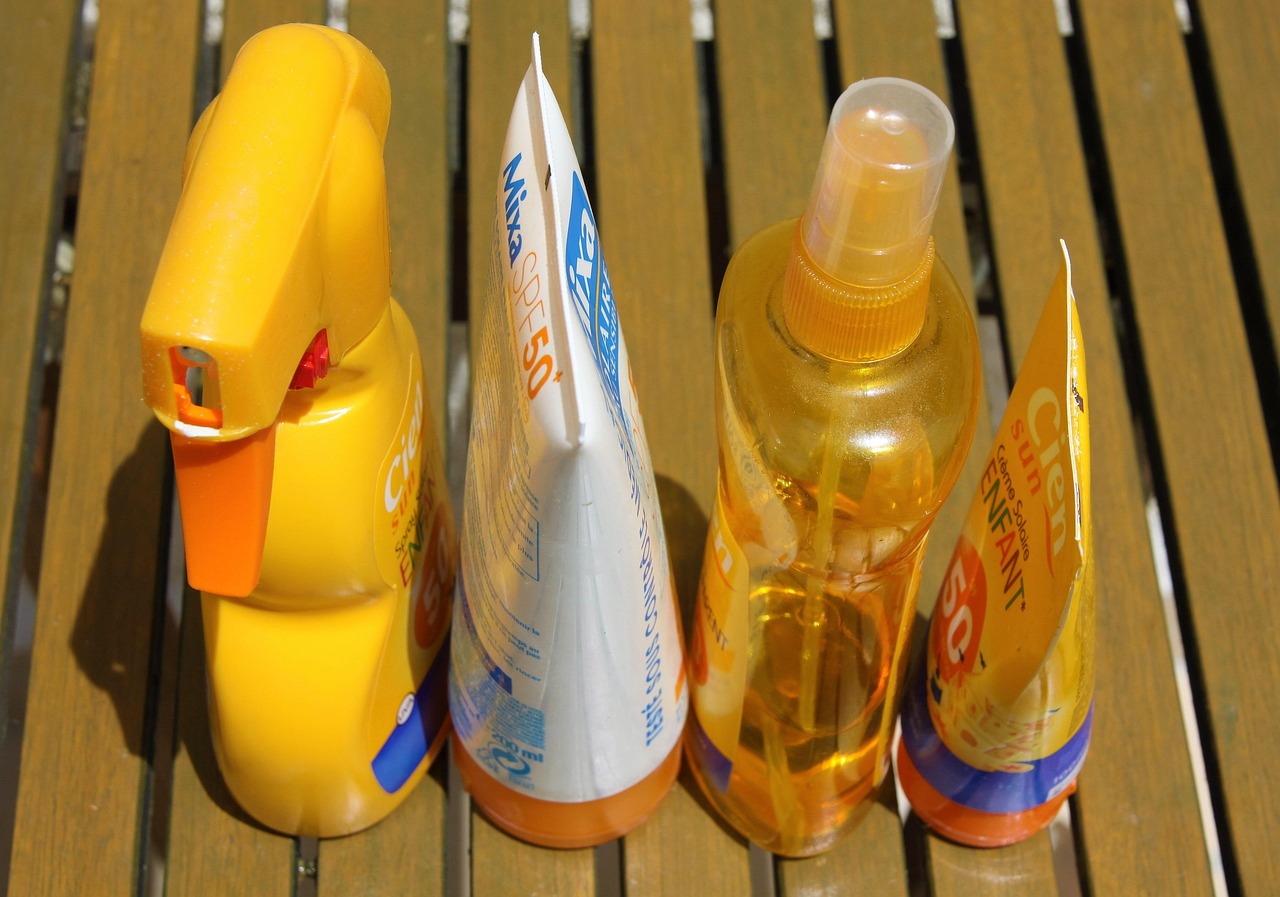
Learn about healthy skin care with our expert guide.
Sunblock can feel overwhelming with countless options available. The truth is simple: the best sunscreen for your face is the one you’ll actually use every single day. While regular body sunscreen works perfectly fine on your face, dedicated facial formulas often provide superior comfort and wearability for daily use.
The ideal facial sunscreen should meet these essential criteria:
Sun Protection Factor (SPF) of 30 or Higher. The American Academy of Dermatology recommends SPF 30 as the minimum for adequate protection, blocking approximately 97% of harmful UVB rays.
Broad-Spectrum Coverage Look for formulas that protect against both UVA and UVB radiation to prevent premature aging and skin damage.
Comfortable Daily Wear The formula should feel pleasant on your skin, absorb well, and work seamlessly with your skincare routine and makeup.
Value for Regular Use Since sunscreen requires generous application and frequent reapplication, consider the cost per ounce for sustainable daily use.
These formulas contain active ingredients that absorb UV radiation before it can damage your skin. They typically feel lighter, blend more easily, and work well under makeup. Common ingredients include avobenzone, octinoxate, and oxybenzone.
Pros: Lightweight feel, invisible application, easy to layer with other products Cons: May cause sensitivity in some users, requires 15-20 minutes to become effective
Also called mineral sunBlock, these create a physical barrier that reflects UV rays away from your skin. They contain zinc oxide and/or titanium dioxide as active ingredients.
Pros: Immediate protection, gentler for sensitive skin, reef-friendly options available Cons: Can leave white cast, thicker texture, may feel heavier on skin
These formulas blend both chemical and physical ingredients, attempting to combine the benefits of each type.
Best Overall Chemical Sunscreen
This crowd-pleasing formula offers excellent protection in a lightweight package. It spreads effortlessly across all skin tones without leaving residue or causing irritation. The light tropical scent disappears quickly after application.
Key Features:
Best for: Daily wear, all skin types, budget-conscious users
Best Invisible Formula
This clear gel formula truly disappears on application, making it perfect for wearing under makeup or for those who dislike the feel of traditional sunscreen. It doubles as an excellent makeup primer.
Key Features:
Best for: Makeup wearers, professional settings, those who want undetectable protection
Best Budget Alternative
Nearly identical to premium options but at a fraction of the cost. This clear gel formula provides excellent protection and feels luxurious despite its affordable price point.
Key Features:
Best for: Budget-conscious users, those seeking premium feel without premium price
Best for Dry Skin
This moisturizing formula provides excellent hydration while delivering reliable protection. The creamy texture works especially well for those with dry or dehydrated skin.
Key Features:
Best for: Dry skin, those who prefer moisturizing sunscreens, anyone seeking a dewy finish.
Best Sensitive Skin Formula
Specifically formulated for sensitive and acne-prone skin, this fragrance-free option provides reliable protection without irritation. It’s also reef-safe and budget-friendly.
Key Features:
Best for: Sensitive skin, acne-prone skin, eco-conscious users
Best Premium Mineral Option
This silky mineral sunscreen feels surprisingly light for a physical formula. The subtle citrus scent and matte finish make it a pleasure to wear daily.
Key Features:
Best for: Those who want premium mineral protection, users who prefer matte finishes
Best Reef-Safe Option
This mint-green tinted formula (though the tint doesn’t provide noticeable color correction) offers easy application and reef-safe protection at a reasonable price.
Key Features:
Best for: Eco-conscious users, those seeking reef-safe protection
Best Moisturizing Combo
This dual-purpose product combines effective sun protection with excellent moisturizing properties, making it perfect for streamlined morning routines.
Key Features:
Best for: Streamlined routines, dry skin, those who prefer all-in-one products
Use Enough Product Apply approximately 1/4 teaspoon of sunscreen to cover your face, neck, and ears. Most people use far less than recommended, reducing protection significantly.
Apply Before Sun Exposure Chemical sunscreens need 15-20 minutes to become effective, while mineral sunscreens work immediately upon application.
Reapply Every Two Hours This is crucial for maintaining protection, especially if you’re sweating or spending time outdoors. For makeup wearers, consider SPF setting powders for touch-ups.
Don’t Forget Often-Missed Areas Pay special attention to your ears, around your eyes, and along your hairline – areas commonly missed during application.
Choose fragrance-free, mineral-based formulas with minimal ingredients. Patch test new products before full-face application.
Look for mattifying formulas or those specifically labeled as non-comedogenic. Gel-based sunscreens often work well for oily skin types.
Opt for moisturizing formulas or layer sunscreen over your regular moisturizer. Chemical sunscreens often provide more hydration than mineral options.
Avoid formulas known to leave white casts. Tinted sunscreens or clear gel formulas typically work better than traditional white creams.
Can I use body sunscreen on my face? Absolutely! Body sunscreens provide the same protection as facial formulas. Facial sunscreens are simply formulated for comfort and cosmetic elegance on the face.
Do I need sunscreen indoors? Yes, if you’re near windows or spend any time outdoors during the day. UV rays can penetrate glass and reflect off surfaces even on cloudy days.
What about powder sunscreens? While powder sunscreens can provide supplemental protection, they shouldn’t be your primary sun protection. It’s difficult to apply enough powder to achieve the labeled SPF.
Is higher SPF always better? Not necessarily. SPF 30 blocks 97% of UVB rays, while SPF 50 blocks 98%. The difference is minimal, and higher SPF formulas can be harder to apply evenly.
The best facial sunscreen is ultimately the one that fits your lifestyle, skin type, and preferences. Consider these factors:
Remember, consistent daily use of any broad-spectrum SPF 30+ sunscreen is more important than finding the “perfect” formula. Start with one that meets your basic needs and preferences, and adjust from there based on your experience.
Daily sunscreen use is one of the most effective anti-aging and skin cancer prevention strategies available. Whether you choose a chemical, mineral, or combination formula, the key is consistent application and proper reapplication throughout the day.
Don’t let perfect be the enemy of good – choose a sunscreen you’ll actually use every day, apply it generously, and reapply as needed. Your future self will thank you for the protection you provide today.
For any kind of Skincare ,plz visit or subscribe
No comments yet. Be the first to comment!
You must be logged in to post a comment.

Recent Comments